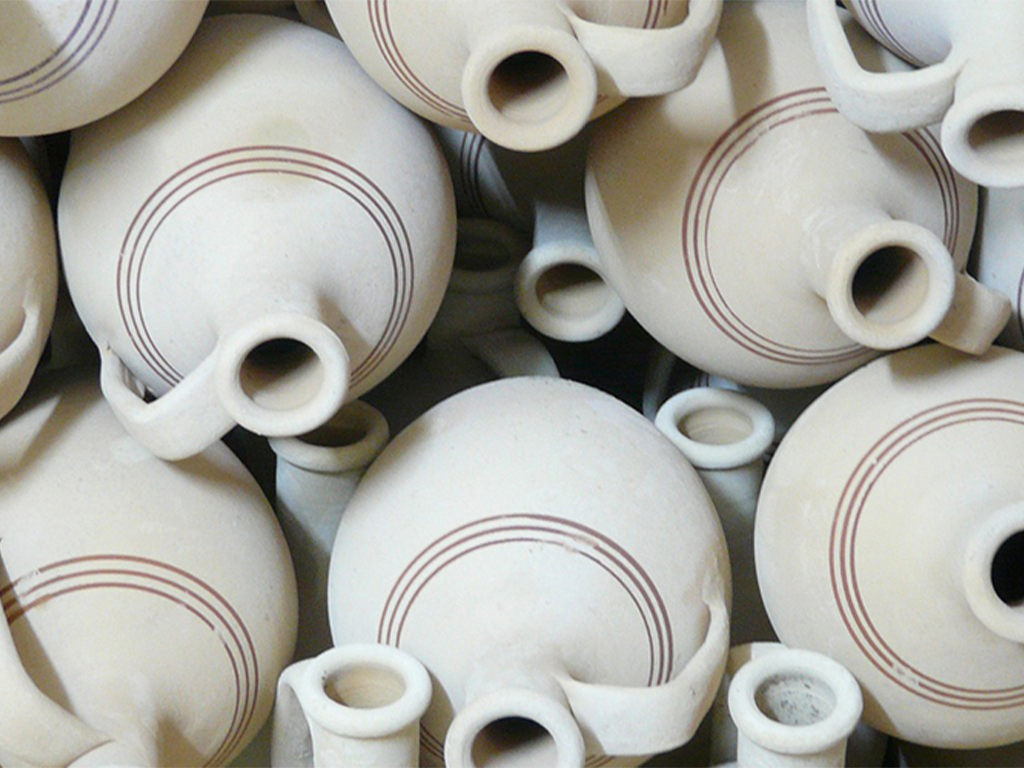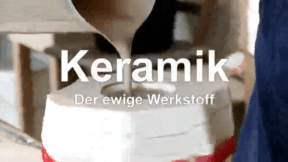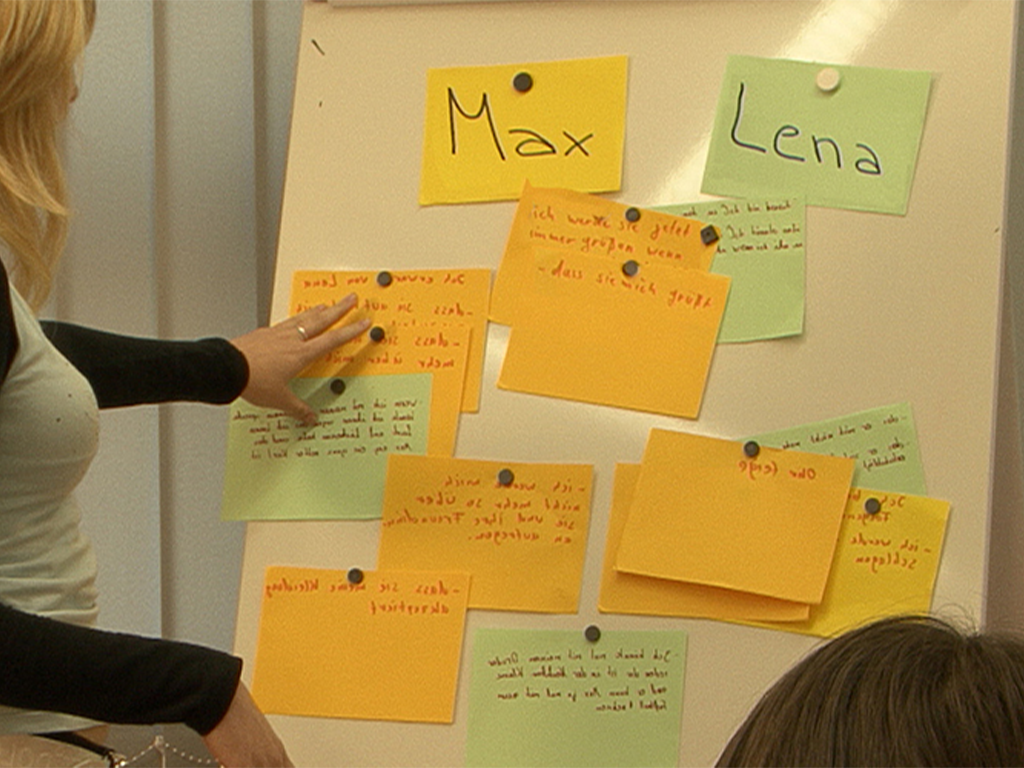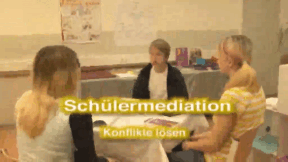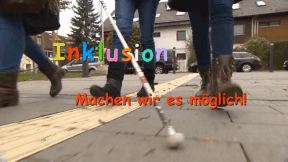 Music
Music
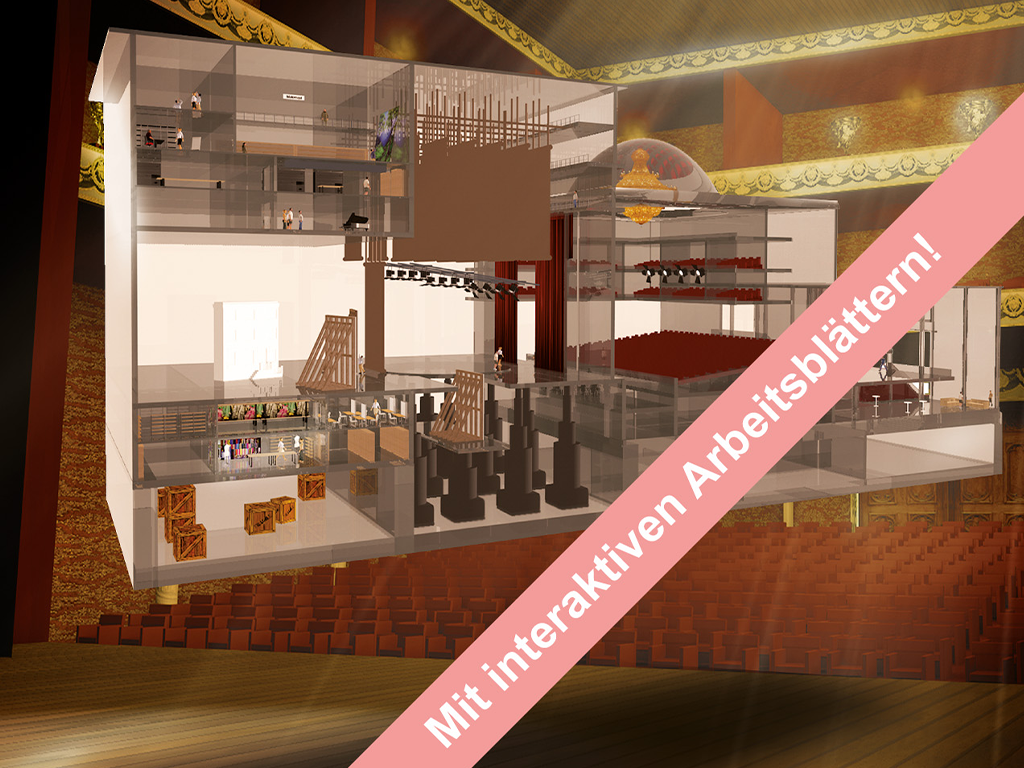

4667662 / 5558921
Opera
Planning, Staging, Performance
As soon as the audience has taken their seats, the conductor enters the orchestra pit. When he lifts the baton, the magic ritual of enchantment through music, play and light in an illusory world, which is to true nonetheless, begins. But what is opera, anyway? Let us dare a look behind the scenes! This film presents the institution and the artistic creation of an opera. The pupils learn about the structure of a traditional opera house. They get to know how an opera production is planned and prepared. They see how many people contribute to an opera production from the planning to the first night. What jobs and what manual skills are behind a production? How do make-up artists and costume designers work? How many rehearsals are required? All these questions and a lot more are answered by the film. And if the pupils do attend an opera performance, they will perhaps think of the many people and skills that were needed to make this evening a success. Together with the extensive accompanying material the didactic DVD is perfectly suited for various uses in the classroom.
Play trailer
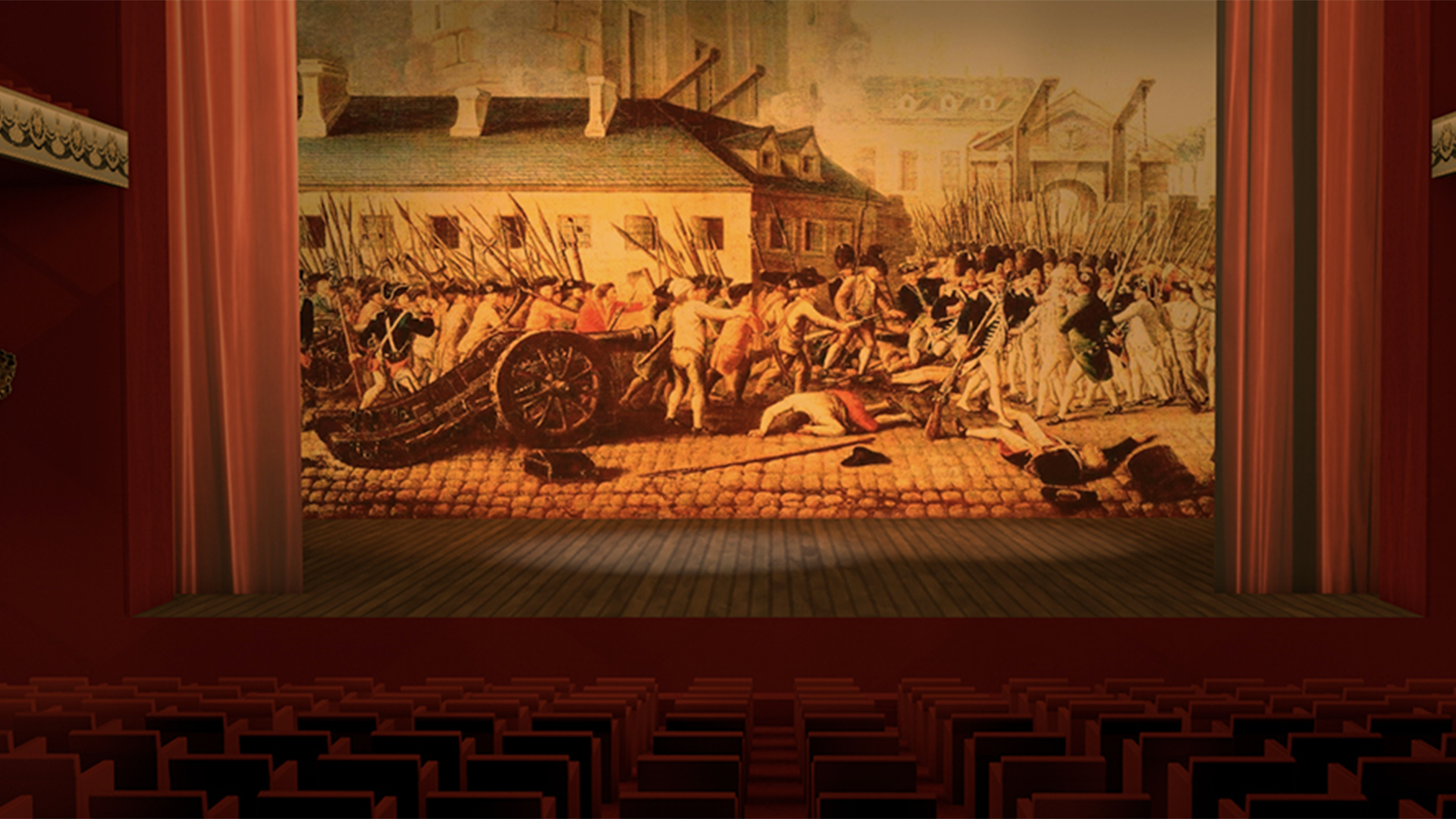
Curriculum-centred and oriented towards educational standards
Matching
Ceramic
Ceramics are indispensable in our everyday lives. We eat from ceramic plates, drink from ceramic cups, use tiled ceramic bathrooms. But how is ceramic manufactured? The film reveals the secrets of this fascinating material! We get to know more about the beginnings of ceramic in the Old World of Egypt and Mesopotamia, about Greece, China and Rome. We gain interesting insights into the valuable earthenware and are also shown the exquisite further development of the "white gold". Today this versatile material is irreplaceable in industry, too. Whether in space or as an easily compatible substitute in medicine, ceramic is applied in many places.
Peer Mediation
Lena and Max attend the 7th form. Max is new in class. During a break, Max notices that Lena and her friend are laughing at him again. Max loses his temper! He slaps Lena in the face. That hurts and Lena runs back into the classroom with a red cheek. The growing conflict between the two has escalated. Just like Lena and Max, every day pupils all over Germany have rows with each other. At the Heinrich Hertz Gymnasium in Thuringia, pupils have been trained as mediators for years. At set hours, they are in a room made available by the school specifically for mediation purposes. The film describes the growing conflict between Max and Lena and shows a mediation using their example. In doing so, the terms “conflict” and “peer mediation” are explained in a non-technical way. The aims of peer mediation and its progress in five steps as well as the mediators’ tasks are illustrated. The art of asking questions and “mirroring”, which the mediators must know, is described and explained. Together with the comprehensive accompanying material, the DVD is a suitable medium to introduce peer mediation at your school, too.
Inclusion
Madita is eleven and blind. She does not want to go to a special school but to a regular grammar school. She says she feels "normal" there. Jonathan is eight and has a walking disability. He likes going to the school where he lives. Here, his best friend sits next to him. Max Dimpflmeier, a teacher who is severely deaf, explains that school life is not easy. Quote Max Dimpflmeier: "You don't want to attract attention, you want to avoid saying that it is necessary for you that 70 people adjust to your situation." People on their way to inclusion.




